Control Valve Packing is a sealing system which normally consists of a deformable material, in the form of solid or split rings contained in a packing box.
Packing material is compressed to provide an effective pressure seal between the fluid in the valve body and the outside atmosphere.
Control Valve Packing
Common Packing Problems
- Desire to use just one packing material throughout a plant. The material of choice is normally graphite ribbon packing… Friction increases by magnitudes of 2-5 times.
- Over tightening, which leads to reduced life and high friction.
- Corrosion. primarily of the valve stem. The corrosion destroys the stem finish, which in turn destroys the packing from the inside towards the outside.
- Under-tightening, which normally comes with normal in-service wear, and regular/routine maintenance does not include re-tightening the packing’s force-loading mechanism. Under-tightening will lead to leakage, which if not corrected immediately, will lead to a complete packing failure rather quickly.
The selection of stem (or shaft) packing for a control valve must be done taking into account very important factors such as:
- Temperature of process fluid
- Characteristics of fluid
- Working pressure
Temperature of Process
The temperature of process fluid is the most important parameter which affects the selection of type of packing. It fixes in fact which materials can be used for packing construction independently from other factors.
For example pure PTFE cannot be used for continuous duty when temperature is higher than 200 °C as well as pure graphite is mandatory when temperature exceeds 250 °C.
Characteristics of Fluid
The characteristics of fluid may be determinant in the selection of valve packing when controlled fluids are highly abrasive or viscous.
In these particular cases the lifetime of packing can really be very short if special reinforced packing rings are not used.
Working Pressures
High working pressures (above 100 bar about) make necessary to select stiffer packing rings which are not easily subject to be extruded or to be excessively packed.
Pure PTFE V-rings for example can be used up to a maximum working pressure of 150 bar, while for higher pressures glass loaded PTFE V-rings have to be selected.
On vacuum service packing rings have to grant a perfect sealing to avoid the reduction of the efficiency of various connected equipments.
The necessary qualifications of a valve packing for a control valve, are in order of importance as follows:
- sealing capability
- low friction
- lifetime
- wide range of use
1) Sealing capability
Sealing capability of a valve packing is strictly related to:
- the intrinsic characteristic of the sealing rings
- the design and construction of metallic parts of packing assembly.
The following factors are particularly important by the point of view of sealing:
a) the proper alignment of stem and metallic parts of packing;
b) the clearances between stem and other metallic parts of packing. When clearances are very narrow the stem may be scratched and consequently leakages can occur; for this reason usually non metallic scrape ring are used;
c) the surface finishing of stem and packing box chamber as well as of follower, lantern ring and spacers must be as smooth as possible (max roughness Ra = 0,4μm);
d) the number of rings which assure the sealing. A reduced number of rings requires high compression thrust with possible damages of packing rings (extrusion and over-pack).
An excessive number of rings does not allow the correct compression of bottom sealing rings; these additional rings produce an increasing of stem friction without improving packing sealing.
The ideal packing should include the appropriate number of rings in order to get maximum sealing by minimizing the required follower compression and stem sliding friction.
Practically the number of packing rings to be used is defined on the basis of various tests and experiences in order to reach the best compromise between sealing properties and friction.
2) Low friction
The packing compression must not exceed in any case the strictly necessary value to obtain sealing.
The construction using spring loaded PTFE V-rings avoids excessive compression strength, as the only possible additional one is caused by the increased pressure of fluid.
The friction on stem is a conditioning factor for the performance of a control valve as if it is too high, the operation of the complete control loop can be compromised. The addition of valve positioner will guarantee a constant relationship between input signal and valve plug position, but possible dead times in valve positioning cannot be completely avoided.
The work of research to find out a low friction packing has caused the wide use of PTFE as basis material for packing rings (V-ring, braided split, ring etc.)
The following factors will help in reducing packing friction:
a) material used for sealing part construction. PTFE has a very low friction coefficient on polished steel (about 0,03) and negligible starting friction. The pure graphite has a higher friction coefficient than PTFE (about 0,07) and may have higher starting friction when used in the form of die-formed solid rings obtained by wrapping up a graphite ribbon.
b) constructive shape of sealing ring. PTFE V-rings can be manufactured in various shapes and with different stiffness. More flexible rings cause lower friction and better sealing properties at low pressures. Pure graphite rings consist of solid die-formed rings obtained by wrapping up a graphite ribbon. They have rectangular shape with different size depending on the stem diameter.
c) lubrication Generally packing rings made of pure PTFE or pure graphite do not require lubrication.
d) number of rings A large number of sealing rings should be the cause of the excessive friction due to an incorrect compression adjustment. As stated above it is impossible to give strict rules because of the large varieties of available packing rings. In general the more the operating pressure increases, larger number of rings is requested.
e) finishing of stem The more the surface roughness of plug stem is reduced, lower packing compression is required with consequent low break away and dynamic friction coefficient.
3) Lifetime
It depends upon the wear of sealing rings and stem. The possible causes of excessive wear are excessive stem surface roughness high sliding velocity of plug stem, presence of solid particles, excessive compression of packing rings.
The stem can be scratched by a wrong contact with metallic parts of packing assembly due to mechanical misalignments or reduction of clearances because of differential thermal expansions.
To avoid damages of stem on heavy duty services hardened materials or chromium plated stainless steel can be used.
Source : Parcol
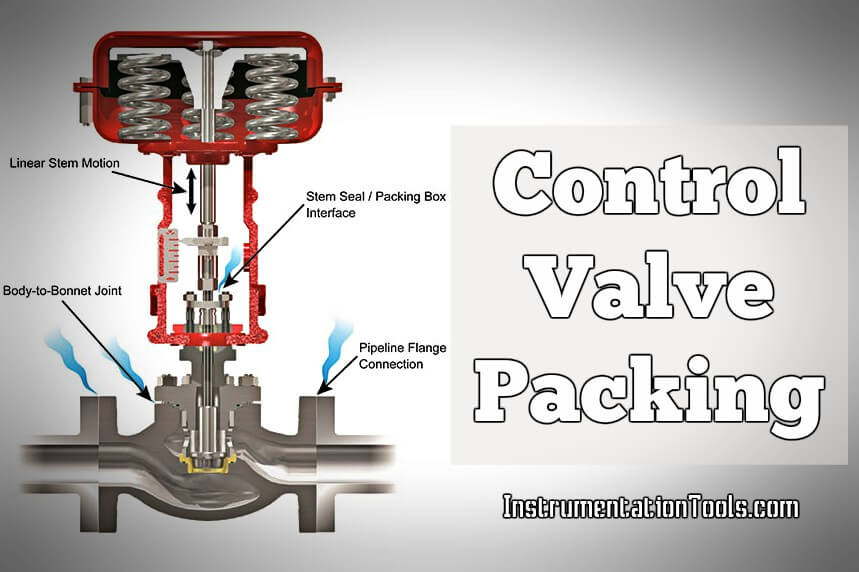
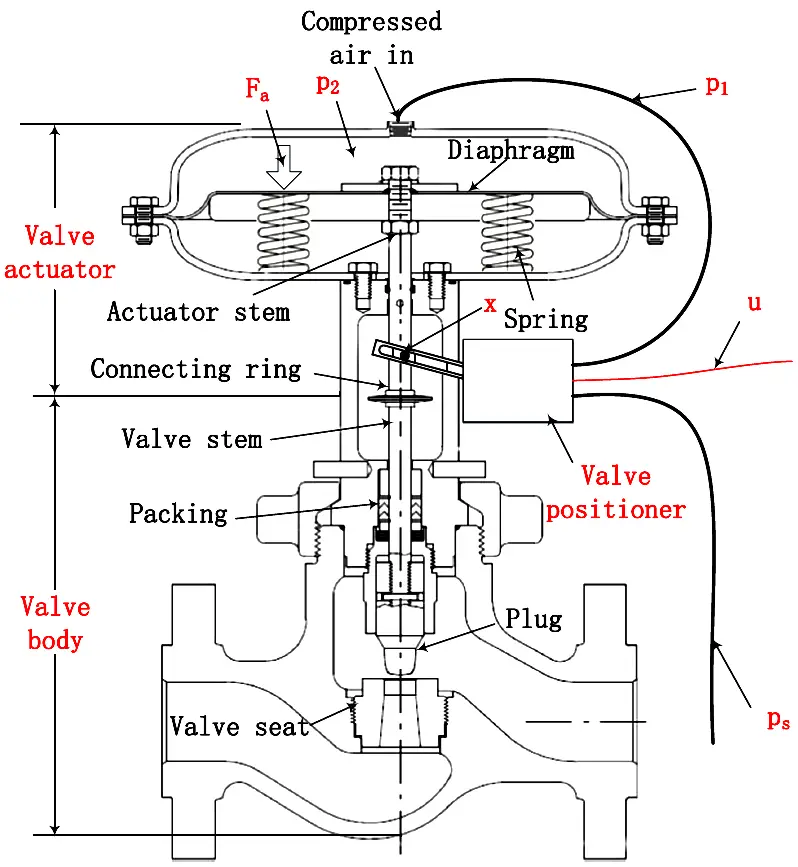
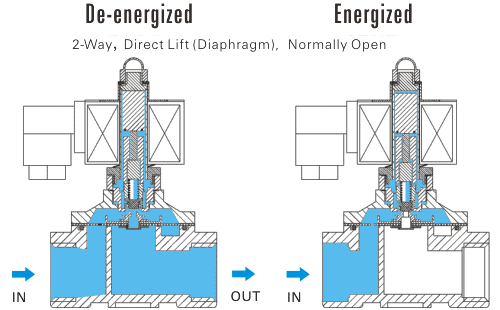
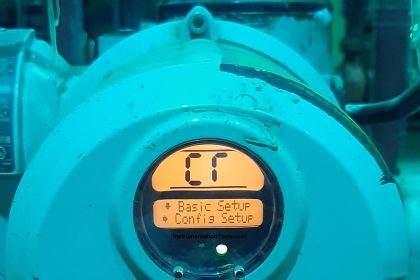
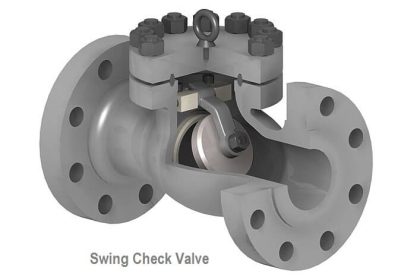
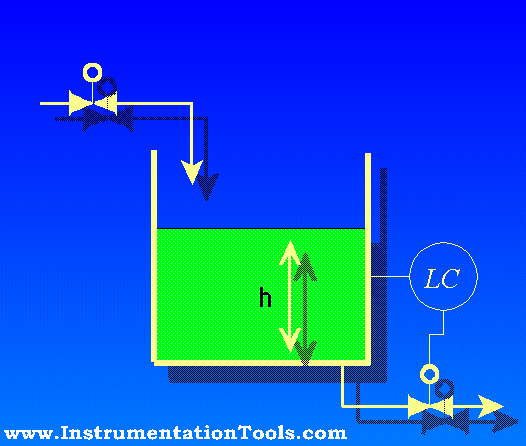
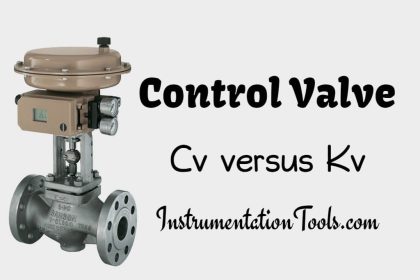
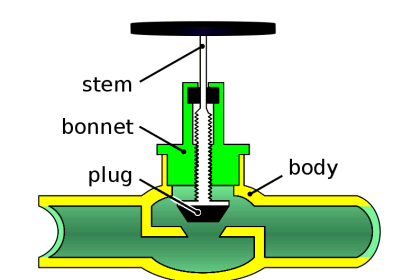
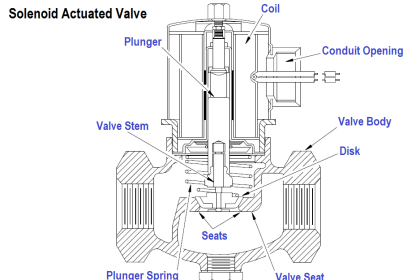
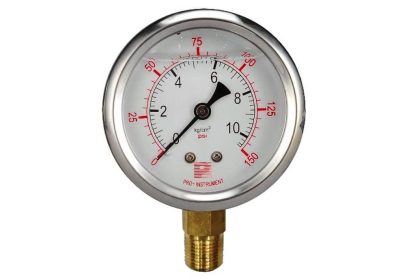
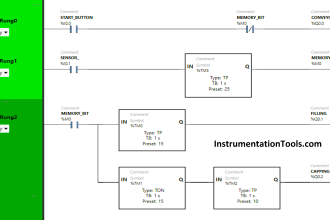

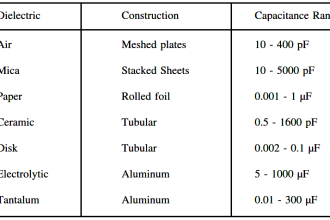
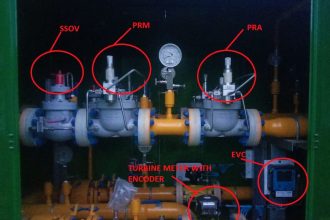
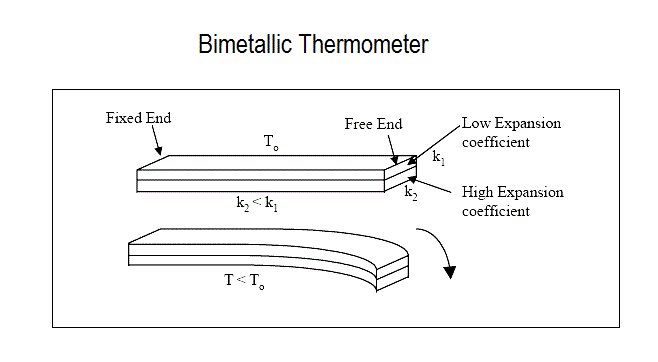
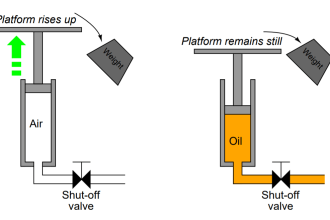
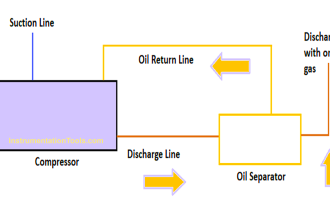


ok thank you, I like this page.